
Home
Preamble
Index
Areas
Hills
Lakes
Dales
Map
References
Me
Drakkar
Saunterings: Walking in North-West England
Saunterings is a set of reflections based upon walks around the counties of Cumbria, Lancashire and
North Yorkshire in North-West England
(as defined in the Preamble).
Here is a list of all Saunterings so far.
If you'd like to give a comment, correction or update (all are very welcome) or to
be notified by email when a new item is posted - please send an email to johnselfdrakkar@gmail.com.
191. Back in Barbondale
Guess what we got for Christmas. The ghost of recent Christmases past, covid. With that and
the weeks of wet weather, it took a glimpse of sun in the forecast to lure us afield. But
not into any fields – they are all sodden. We settled, not for the first time, for a post-Christmas
leg-loosener in Barbondale.
We walked past the inn and church onto the parkland below Barbon Manor. I am surprised
to see that the Barbon Hillclimb, part of the British Hill Climb Championship no less, is still
held here. They call this a hill! The course is only 675 metres long and rises just 61 metres.
It may have been a challenge when the event started in 1950 – but today? The ‘course record’
is 20.08 seconds. People travel here from all over the country to drive up this little slope
in 20 seconds! I wonder what the event’s carbon footprint is.

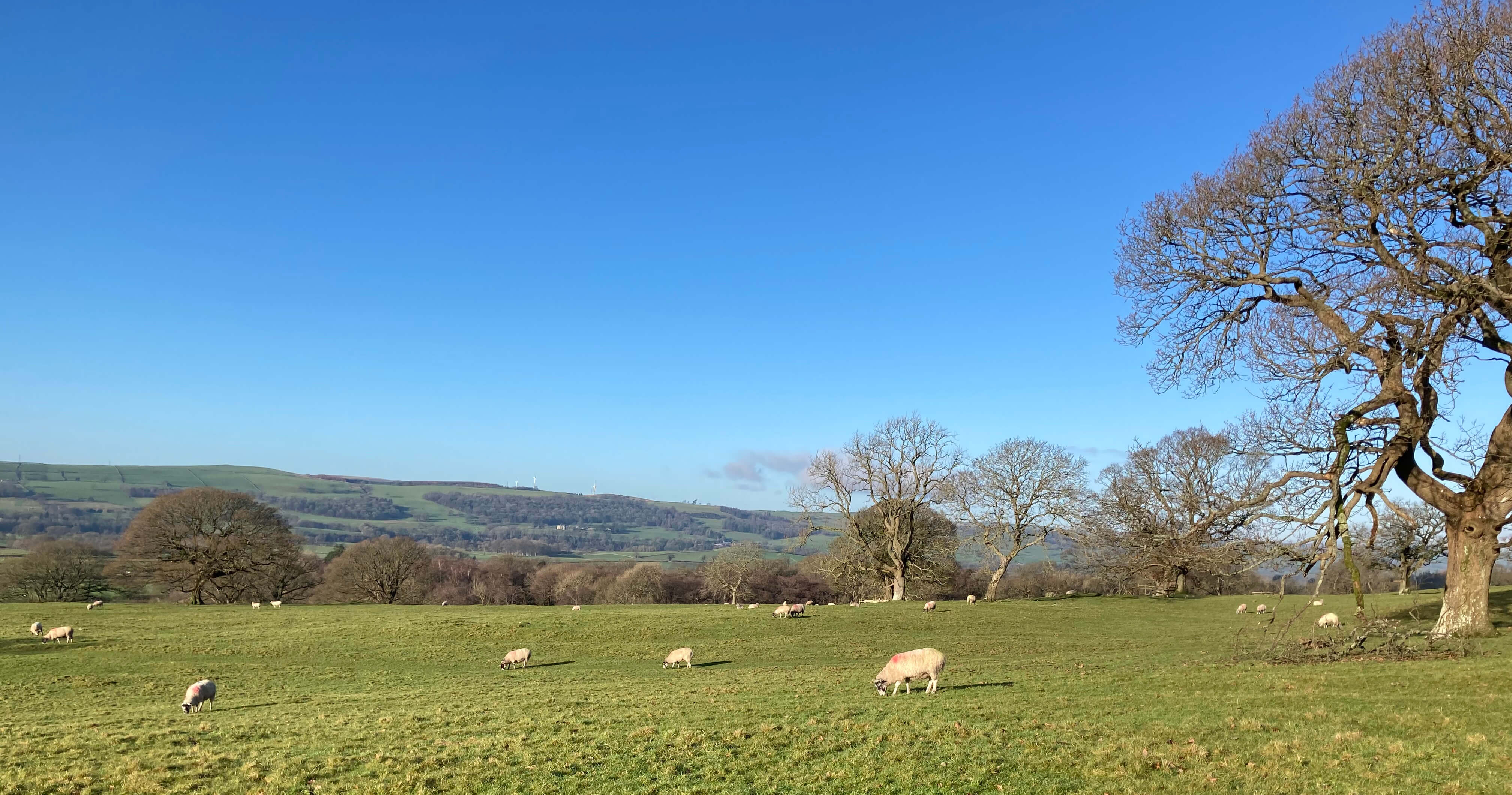
Left: Barbon church; Right:
The parkland below Barban Manor.
We walked into the woods below Barbon Manor. Since I last walked here
(Sauntering 71) they
have tackled the then-rampant rhododendron. Large piles of its debris lay around and this work,
together with that of removing and replanting many trees, may explain why the wood was
disappointingly devoid of birdlife. I only saw one robin.
On a previous visit I was entertained by a group of long-tailed tits, at that time
a novelty for me. I have a bird book of 1948 (Pitt, 1948) which says that long-tailed tits are “strictly
insectivorous”. They aren’t today. They are regular welcome visitors to our garden bird
feeders. The bird books say that long-tailed tits move around in ‘family groups’. I wonder
if that is entirely true. They arrive at our feeders in groups, but not necessarily all
at once, and they don’t always leave together. Sometimes one or two are left behind.
Is it known that these laggards always find their family – or could they just attach
themselves to some other group? I expect that expert ornithologists know the facts.
It must be boring knowing so much that there's no space for naïve speculations.
Emerging from the wood into sunshine (hurrah!), the sun having just made it over
Barbon Low Fell, we walked on beside Barbon Beck looking for another of the birds that stay
with us over winter, the dipper. We have always seen them on this stretch of the beck and
today we saw two – or one twice. All birds seem hardy to me but especially the dipper,
seeking food in these cold waters throughout the winter. It is also one of the first to
begin nesting.
Also along this beck, I have seen numbers of wrens, which we think of as birds of the
garden or woodland, flitting in and out of the rock
crevices at the beck-side, indicating why they have the scientific name of Troglodytes
troglodytes. But that was in the summer, when no doubt insects were plentiful. Although
the wren also kindly stays with us through the winter, I doubt that it stays in this
exposed location. I expect that it moves somewhere more survivable.
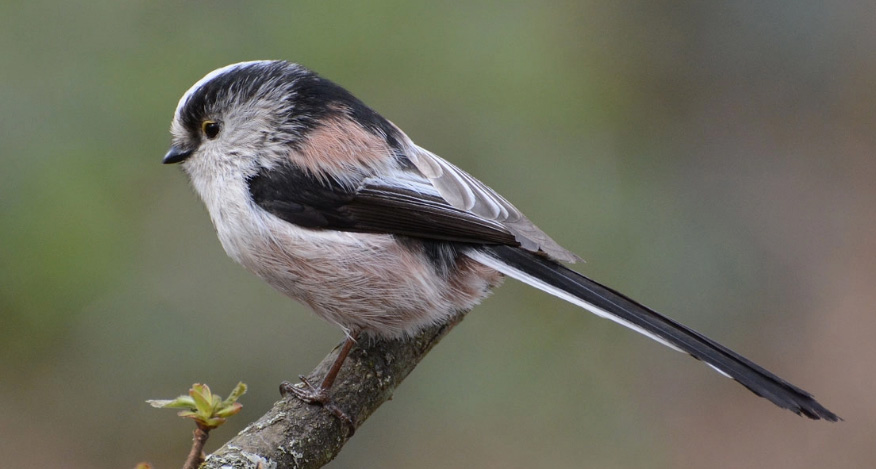
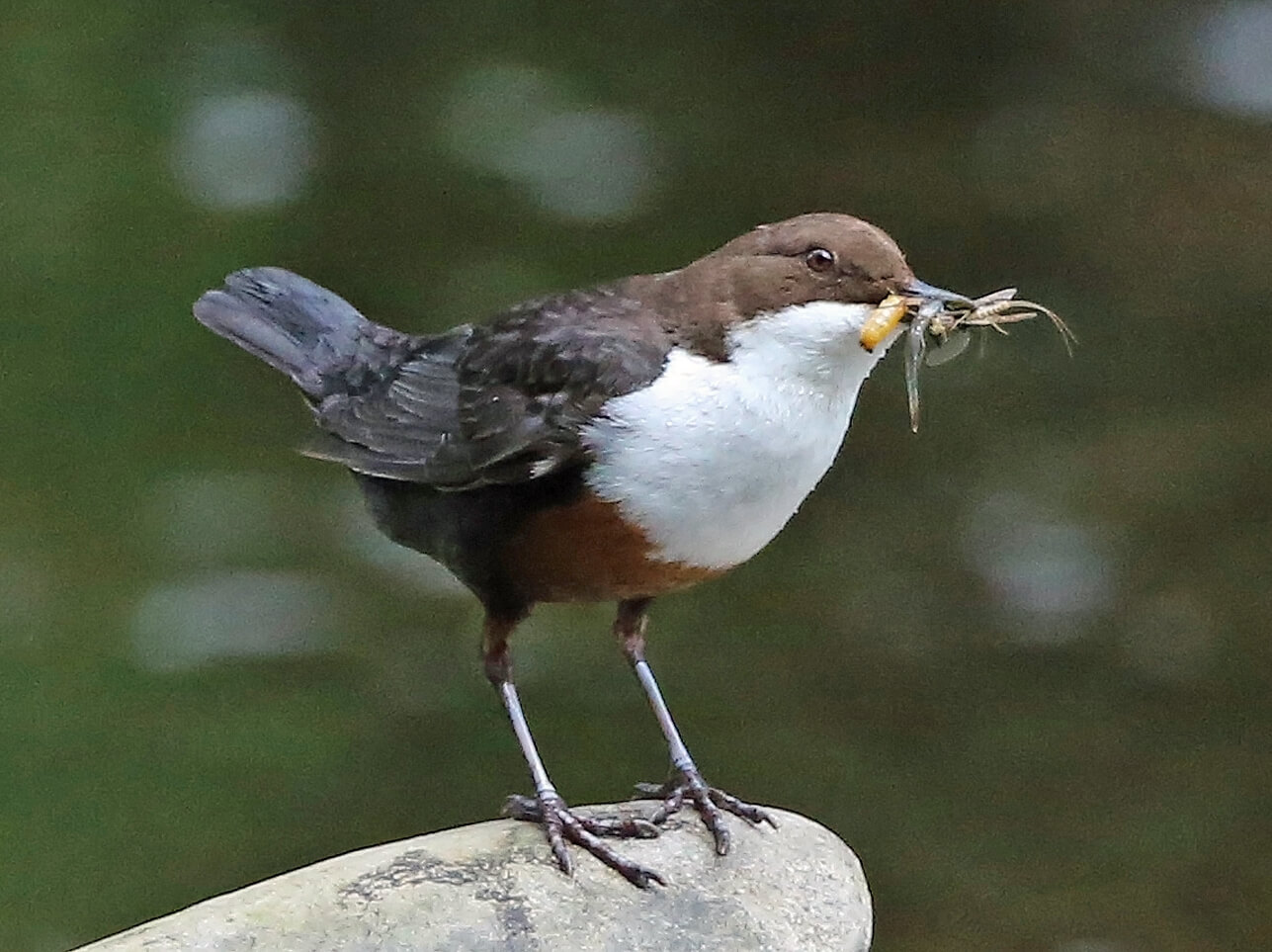
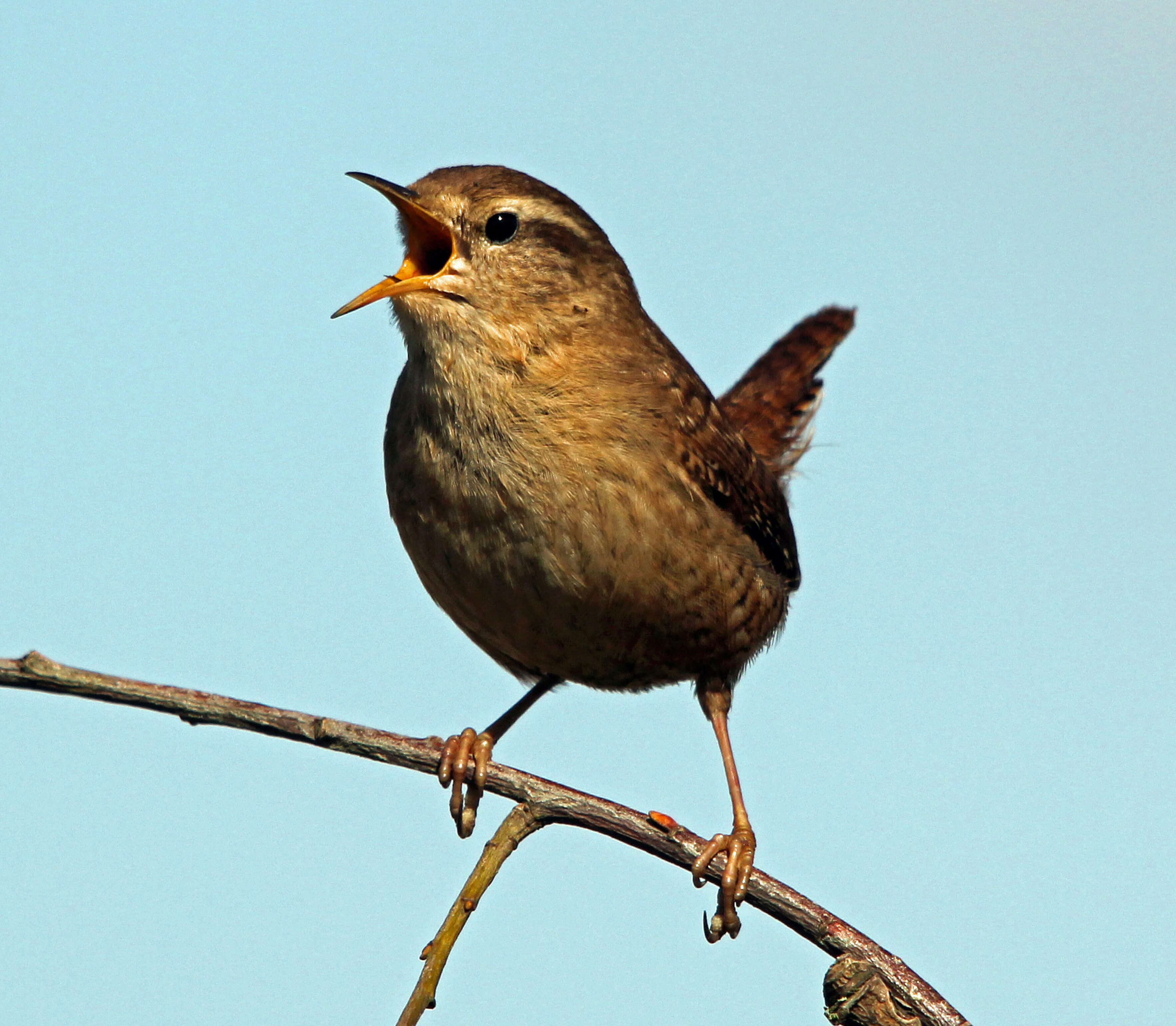
Left: Long-tailed tit;
Middle: Dipper;
Right: Wren. (Stock photos from on-line.)
As we walked along we could see a line of individuals spaced out on the western slopes,
waving large white flags. Yes, more beaters. And then we could hear the shooters. They
really are a blight on our landscape – the second example today of our absurd misuse of the countryside.
What’s the point of having open access areas in National Parks when rich people can commandeer
them to kill birds for fun?
We turned back. Later we were passed by a convoy of 4x4s conveying the shooters
back to Barbon Manor for a celebratory repast. And a little later we were passed by a farmer’s
truck carrying the beaters on their way back, but not to Barbon Manor.

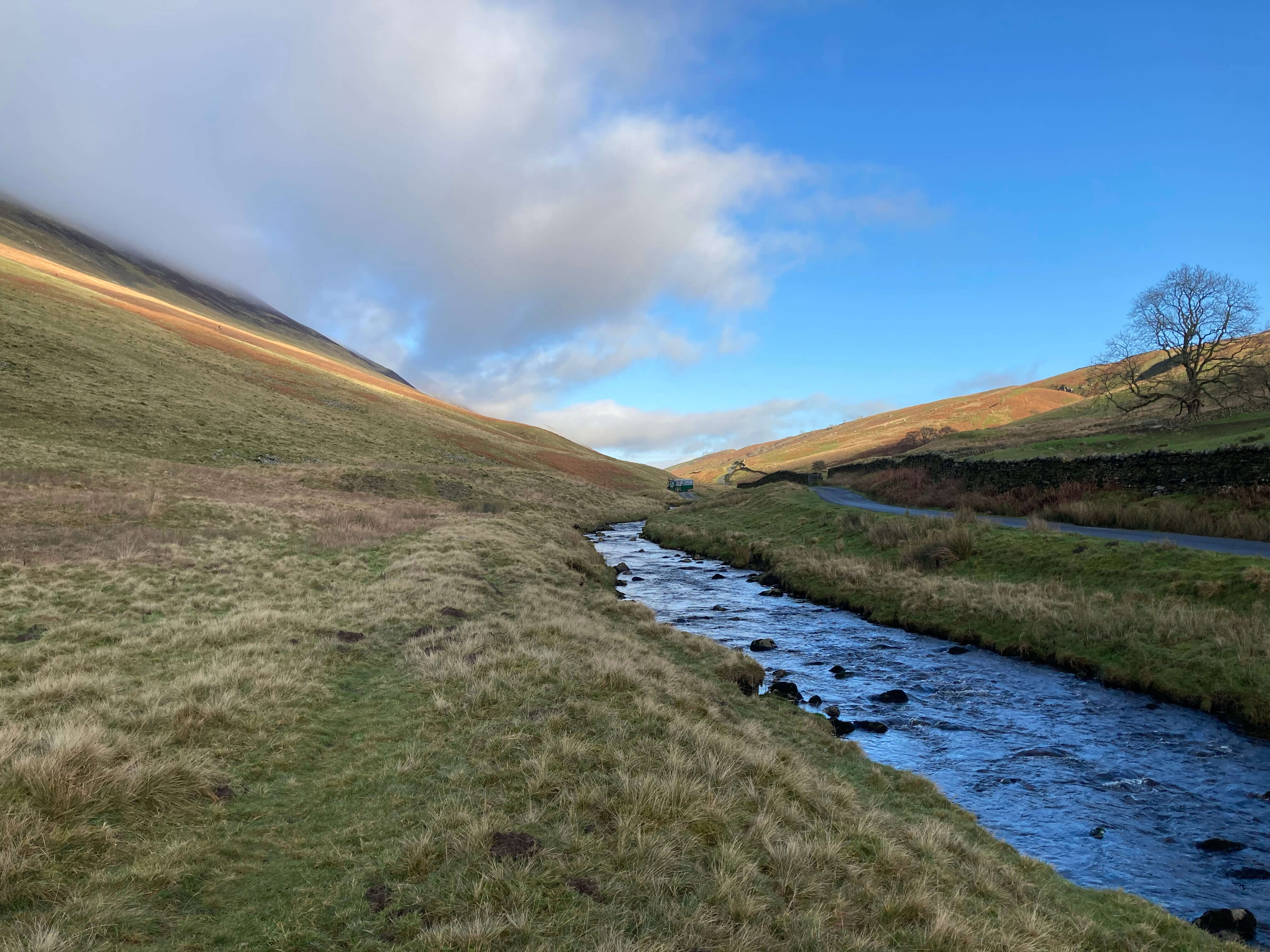
Left: Barbon Beck in the woods; Right:
Barbon Beck as far as we walked upstream.
We walked past the familiar picnic spot near Blindbeck Bridge where I once fooled Ruth
into believing that a sheep that I could see walking through the bracken on the opposite
slopes was actually walking along the top of a stone wall. But the joke was on me, because
it was. How it got there I don’t know but once there it had no choice but to walk forward
looking for a way off. It didn’t find one and eventually jumped off. Ruth insisted that we
walk up to see if the sheep was ok.
I am reminded of another occasion. I saw a sheep attempting to cross Lowgill Viaduct
but not on its old railway line. It was walking along a narrow ledge at the side. It
had about 150 metres to walk with nothing but a 30 metre drop immediately to its right.
If sheep have thoughts then it was having second ones. But it couldn’t possibly
turn on the ledge. The sheep had embarked on this adventure and had to see it through to
the end – or its end. A lesson for us all.
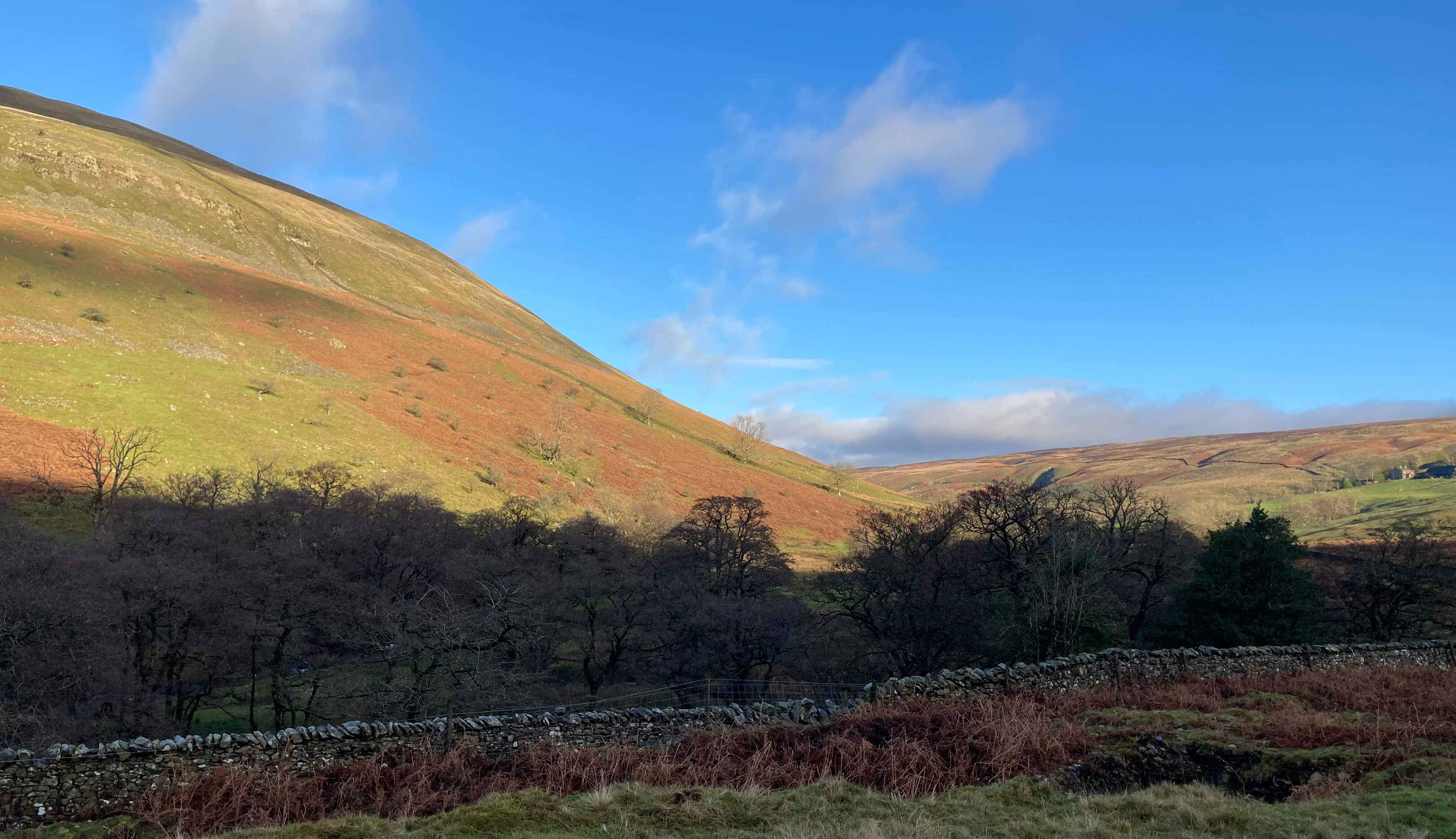
A look back up Barbondale
Date: January 6th 2024
Start: SD628823, Barbon village hall (Map: OL2)
Route: N, E – church – N, E through wood below Barbon Manor – footbridge over
Barbon Beck – N alongside Barbon Beck for a kilometre or so, S back to the bridge – W on road – Barbon
Distance: 5 miles; Ascent: 110 metres
Home
Preamble
Index
Areas
Hills
Lakes
Dales
Map
References
Me
Drakkar
© John Self, Drakkar Press, 2018-

Top photo: The western Howgills from Dillicar;
Bottom photo: Blencathra from Great Mell Fell










